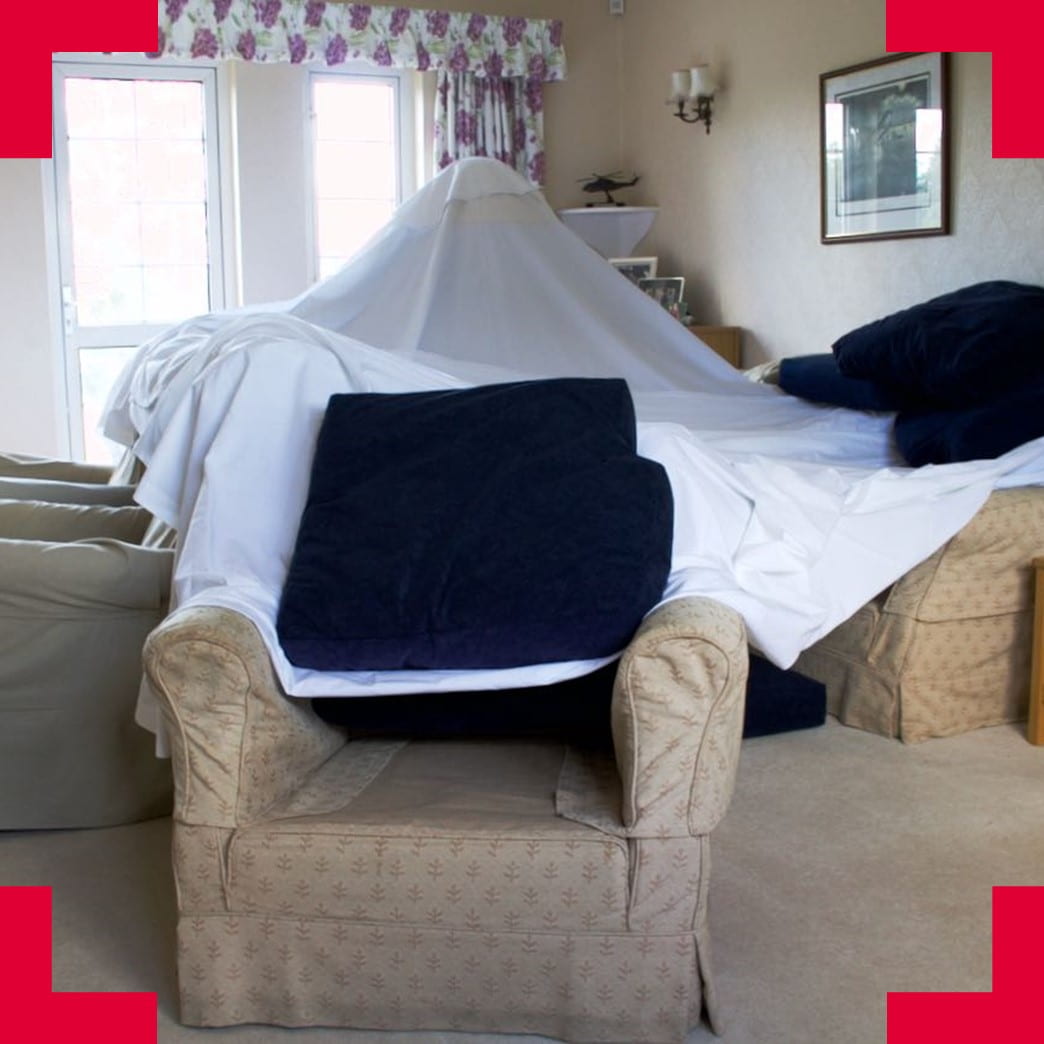Bringing the War Home II
How can we expand current understandings of war and what makes war possible by focussing on ‘home’? This photo-documentary research project aims to disrupt current representations and understandings of war to further the collective understanding of war, war-time and military life.

What did the project involve?
Bringing the War Home II aimed to disrupt current understandings of war as ‘over there,’ time limited, and contained within overtly military spaces and practices. Instead, this project sought to further collective understandings of the range of ideas, activities, logistics and therefore power needed to sustain military operations; to explore military homes, their living rooms, as spaces where the war is ‘brought home’. In other words, whereas there has been extensive photography taken of the ‘front-lines’ of recent wars and its impacts, this research and the stories that were told, were of a more complex and extensive set of relationships ‘at home’ that are necessary to support the ‘front line’: where war space and civilian space, war-time and non-war time are blurred.
Bringing the War II therefore documented the family and communal living spaces of UK military families — in private homes, ‘grace and favour’ homes, communal living spaces or the number of additional spaces that serve as living rooms. Through these spaces the private and the public, the permanent and the transient, the social and political play out in the everyday: military living made mutually possible by ‘civilian’ lives in the care work that goes on behind the scene, the memorialisation and the exclusions that champion certain histories over others, the boundary work in navigating security and insecurity, what is military and what is civilian.
To tell the story of the complex and compelling social and political work that plays out in military living rooms, the Bringing the War Home II team worked with families to develop a photo-series around the living rooms in three ways, bringing together:
- an original photograph series documenting these living rooms;
- testimonials from current and former military families on their living spaces, their stories and what these spaces have meant to them;
- a public archive of family photographs of these living spaces.
Who are the team and what do they bring?
- Edmund Clark is an experienced and internationally recognised prize-winning UK artist-photographer and Senior Lecturer at the University of Arts London (London College of Communication) who specialises in photography as research method, applied in particular to security spaces (prisons, military bases, control order houses).
- Olu Osinoiki is recent University of Western England graduate and a Bristol-based photographer who produces compelling and thought-provoking portraiture.
- Miriam Snellgrove is a Research Fellow at the University of Stirling (Sociology, Social Policy and Criminology) and an expert in the sociology of homes, care, community and institutional living, the everyday, and expert in micro-ethnographical approaches and interviewing.
- Elspeth Van Veeren is a Senior Lecturer at the University of Bristol (Sociology, Politics and International Studies) and an expert in security and military cultures, visual politics and visual research methods.
- Georgia Taylor is an undergraduate Politics student at the University of Bristol who will be working as the project intern on Bringing the War Home II.
What were the results?
The resulting exhibition Bringing the War Home II took place as part of the Bristol Photo Festival 2021

